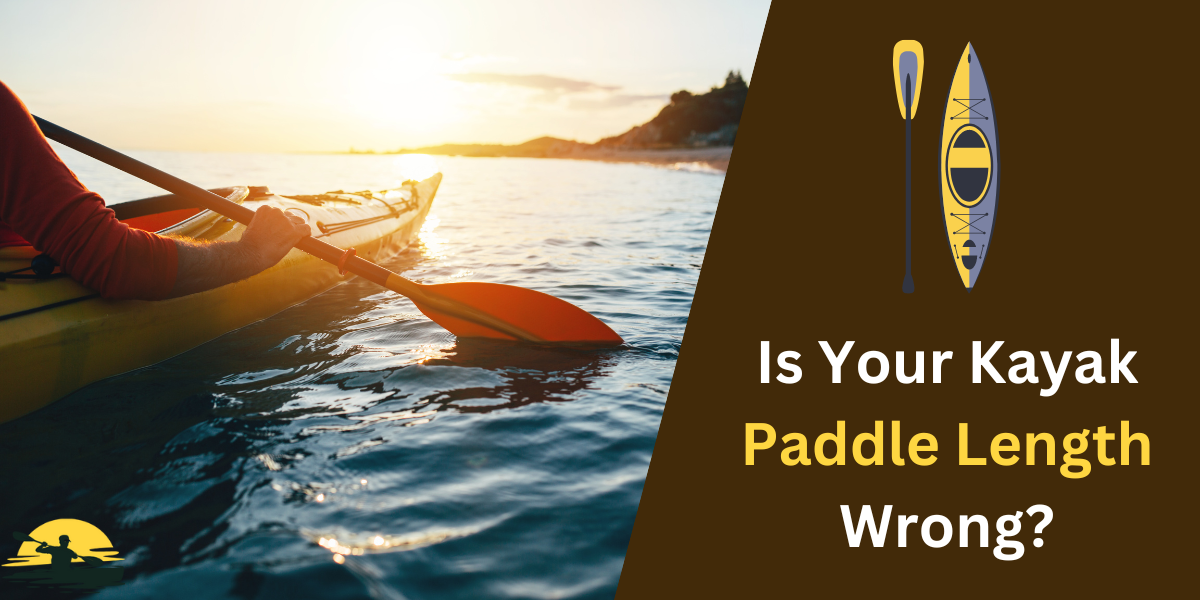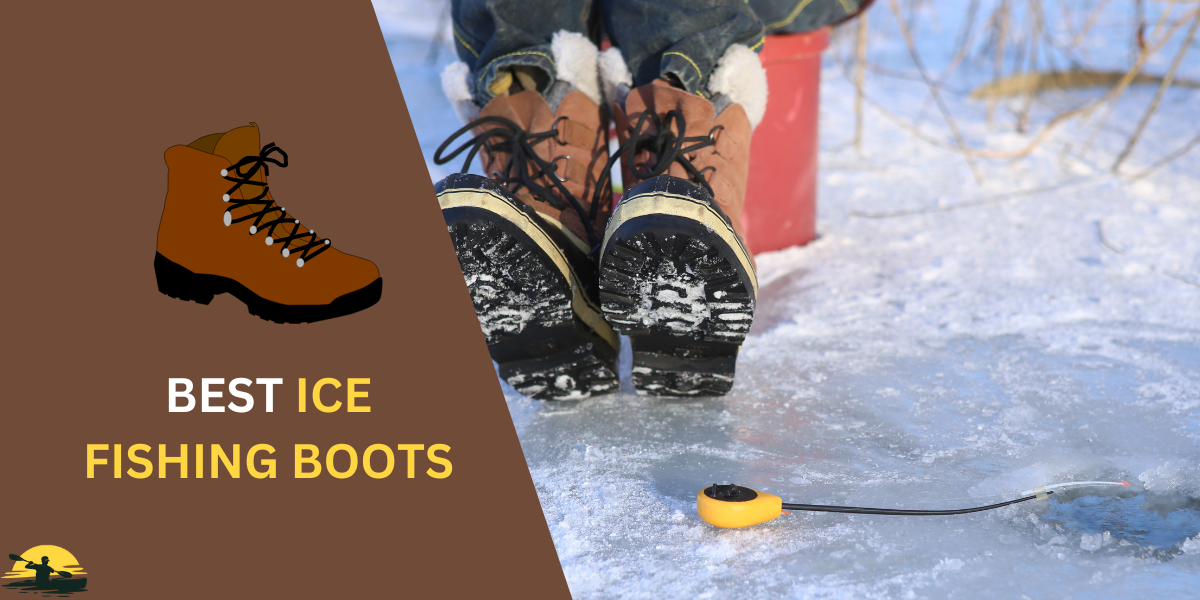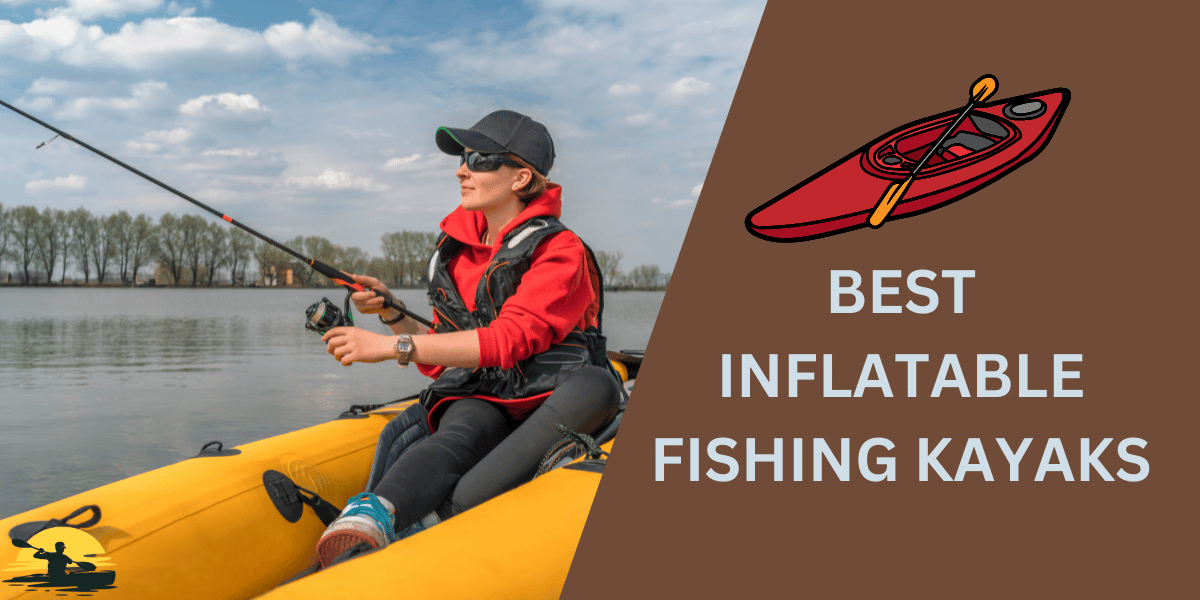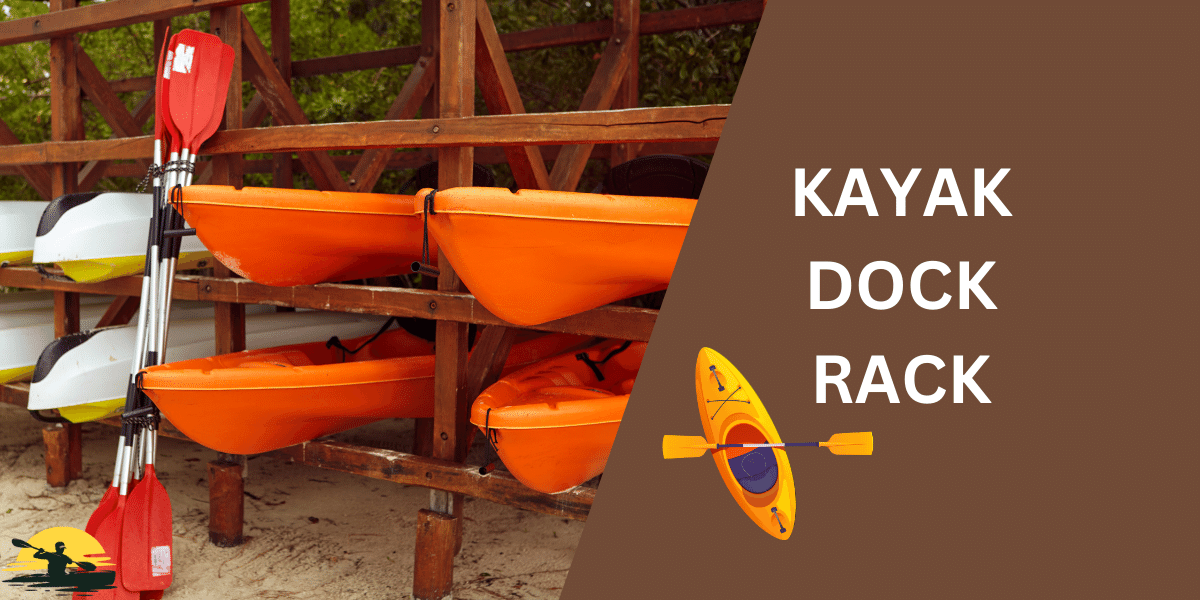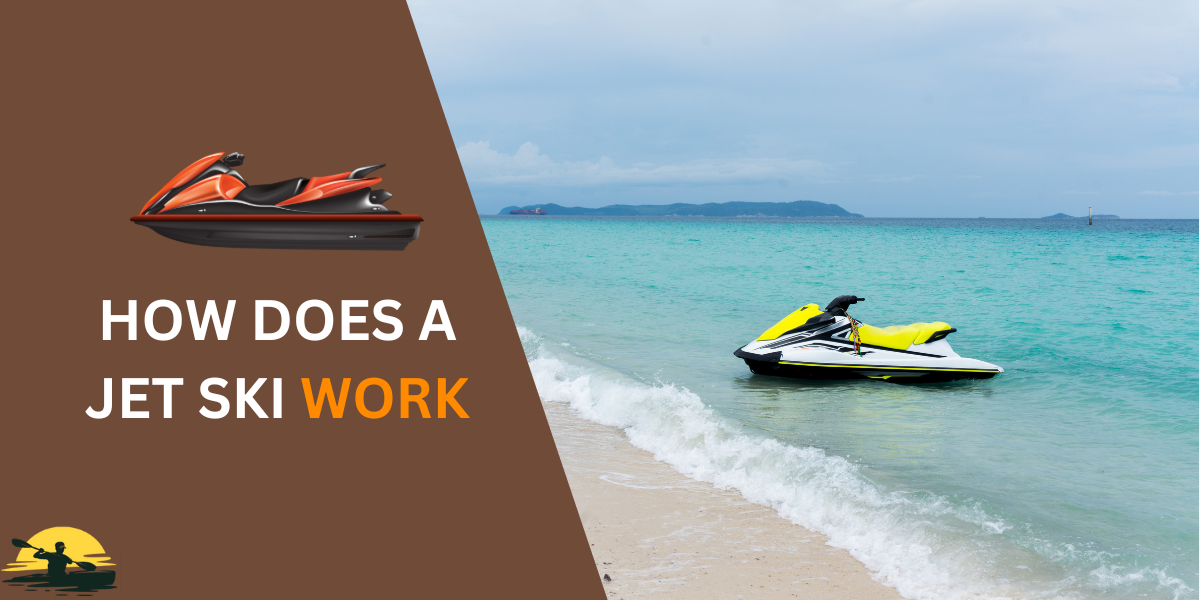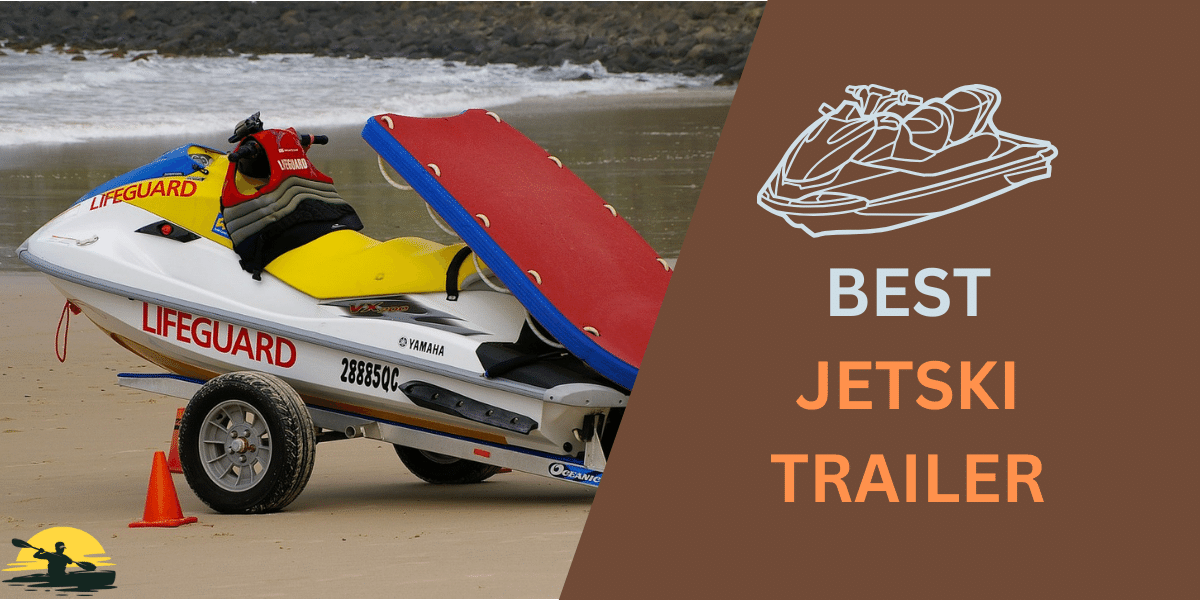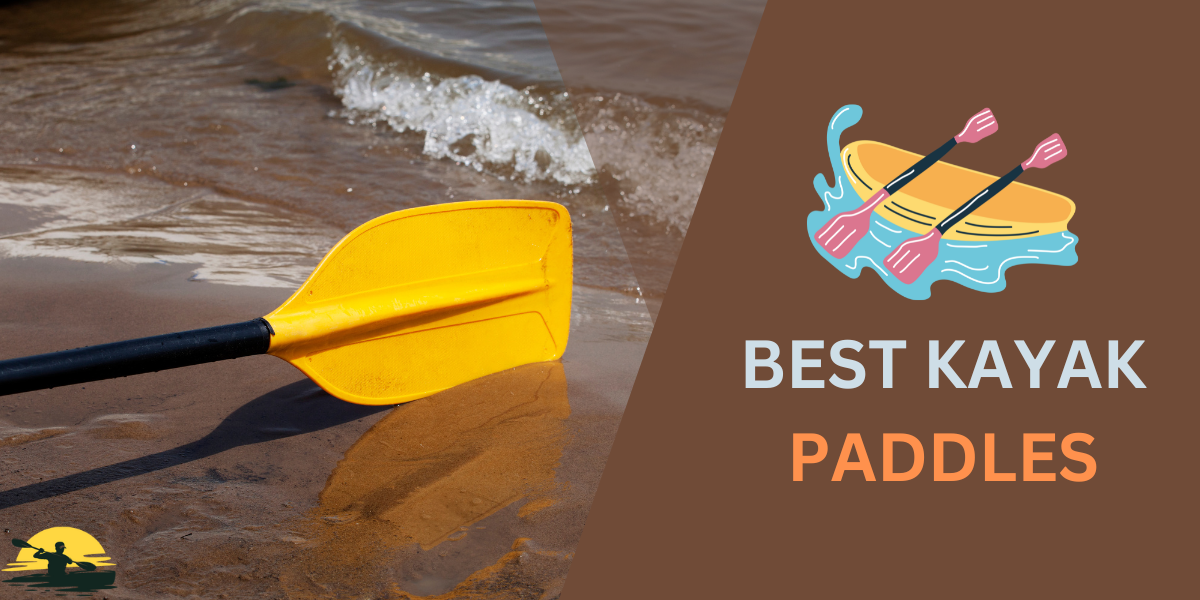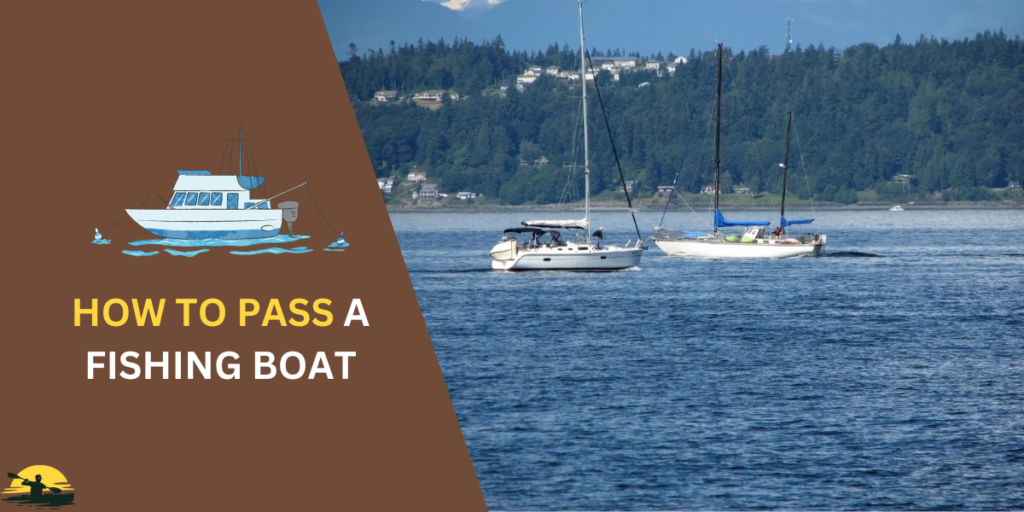
Have you ever cruised by a fishing boat and wondered how to pass safely? Do you know who has the right of way or which side to pass on?
Whether you’re a seasoned boater or just starting out, this guide is designed to help you navigate the waters with confidence and respect for others.
We’ll cover everything you need to know to pass fishing boats safely and respectfully. You’ll learn the rules, how to spot those fishing lines, and how to pass without ruining someone’s fishing trip.
Passing a Fishing Boat Like a Pro:
- Right of Way: Fishing boats actively fishing are the “stand-on” vessels (they have the right of way).
- Assess and Communicate: Before passing, check the fishing boat’s size, gear, and water conditions. Signal your intentions with a horn or hand signals.
- Slow and Steady: Reduce your speed well in advance to minimize your wake.
- Starboard (Right) is Best: Pass on the fishing boat’s starboard side unless they signal otherwise or it’s unsafe.
- Give Them Space: Maintain at least 100 feet of distance, more if conditions require it.
- Special Cases: Use extra caution at night, in narrow channels, and crowded areas. Always follow Coast Guard rules.
- Be a Good Neighbor: Avoid cutting fishing lines, keep noise down, be respectful, and offer help if needed.
Understanding Right-of-Way Rules
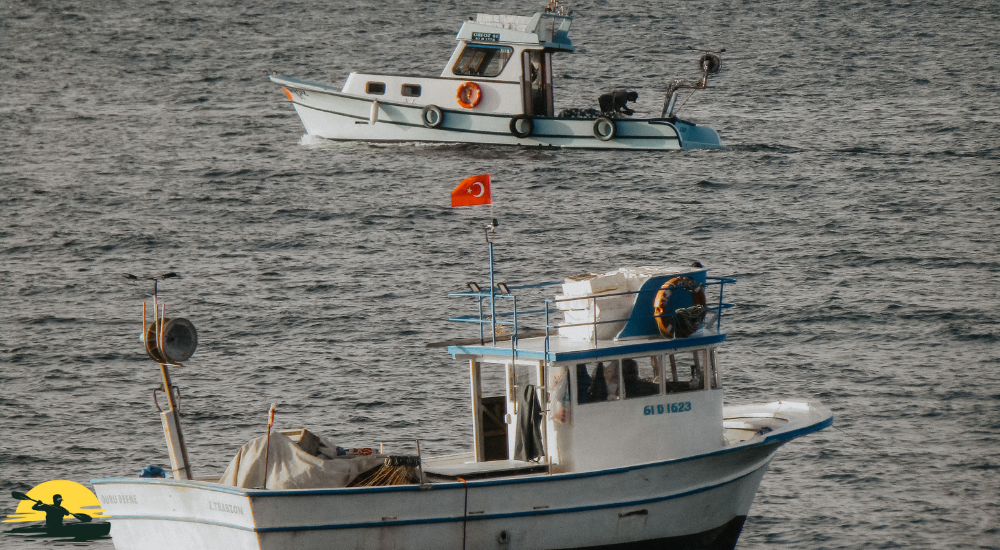
Imagine this: You’re cruising along in your powered boat on a sunny afternoon.
Up ahead, you spot another boat – a fishing vessel. What do you do? The answer isn’t always obvious, but knowing the rules of the water can help avoid accidents and keep everyone safe.
The first thing to remember is that a fishing vessel that’s actively fishing has the right of way. This means they’re the “stand-on vessel,” and it’s your job as the “give-way vessel” to steer clear. Think of it like this: they’re busy trying to catch dinner, so it’s up to you to go around them.
Now, which way do you go? In most cases, you’ll want to pass on the fishing boat’s starboard side (that’s their right side or your left as you face them).
This means you’ll both pass from the port side to the port side.
It’s like driving a car—you usually pass on the left, right? However, there are times when you might need to pass on their port side (their left). We’ll get into those special situations later.
Assessing the Situation
Just like a detective sizes up a scene, you need to assess the situation before passing a fishing boat. Here’s what to look for:
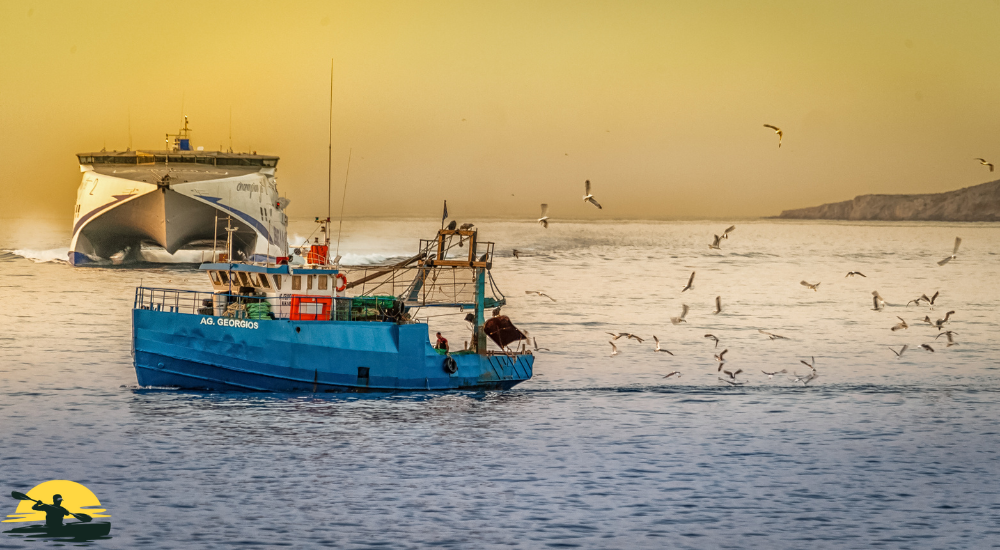
- What kind of fishing boat is it? Is it a small boat with a couple of people fishing? Or is it a larger charter boat with lots of lines in the water? This will give you a clue about how much space they need.
- What type of fishing gear are they using? Are they using fishing poles, or do you see nets or other equipment? If you see nets, you definitely want to steer clear!
- How many people are on board? More people on the fishing boat might mean more lines in the water.
- What are the water conditions like? Are the waves choppy? Is there a strong current? These factors will affect how easily the fishing boat can maneuver and how much wake your boat will create.
- How much boat traffic is around? If there are lots of other boats in the area, you’ll need to be extra careful to avoid everyone.
Once you’ve looked over the situation, it’s time to let me know your intentions. You can do this by using hand signals or by giving a few short blasts on your horn.
This lets the other boat know you’re there and you’re planning to pass.
Remember, boating safety is all about being aware of your surroundings and making smart decisions. By taking the time to assess the situation and communicate with other boats, you can help ensure everyone has a safe and enjoyable day on the water.
Passing a Fishing Boat: Step-by-Step
Alright, you’ve seen a fishing boat, looked over the situation, and let them know you’re there. Now, how do you actually pass them safely? Here’s your step-by-step guide:
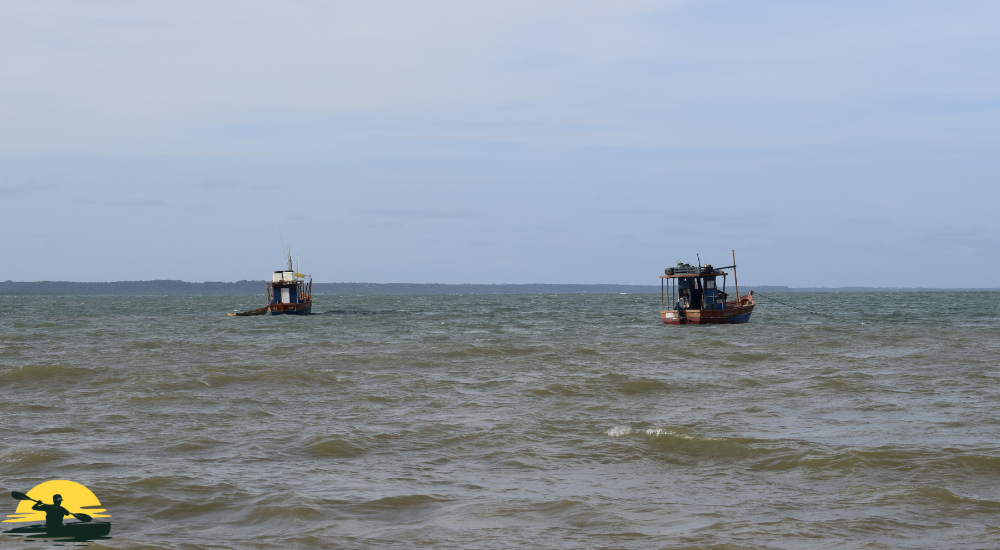
- Slow Down: Way before you get close, start slowing your powered vessel down. Think of it like coasting to a stop sign – you don’t slam on the brakes at the last second. This helps reduce your wake and keeps the fishing boat from getting rocked around.
- Please choose the Correct Side: In most cases, you’ll pass on the fishing boat’s starboard side (their right). This is like driving – you pass on the left. But remember, there are times when you might pass on their port side (left), especially if they signal you to or if it’s the only safe option.
- Keep Your Distance: Just like you’d give a wide berth to a big truck on the highway, provide fishing boats plenty of space. A good rule of thumb is to stay at least 100 feet away. If it’s windy or the water is rough, give them even more space.
- Pass Behind, When Possible: If you can do it safely, try to pass behind the fishing boat. This is the least disruptive way to go, and it keeps you clear of their fishing lines.
- Be Patient and Considerate: Remember, fishing boats often have limited maneuverability, especially if they have lines out or nets in the water. Don’t make any sudden moves or speed changes. Could you take it slow and steady and give them plenty of room?
Special Case: Meeting Head On
If you’re meeting a fishing vessel head-on, both of you are considered “give-way” vessels. This means you both need to move to the right (starboard) to pass each other on your left (port) sides.
It’s like two cars passing on a narrow road – you both move to the right to avoid a collision.
Special Considerations
We’ve covered the basics of passing a fishing boat, but sometimes, you’ll run into situations that need a bit more attention. Let’s tackle a few of those now:
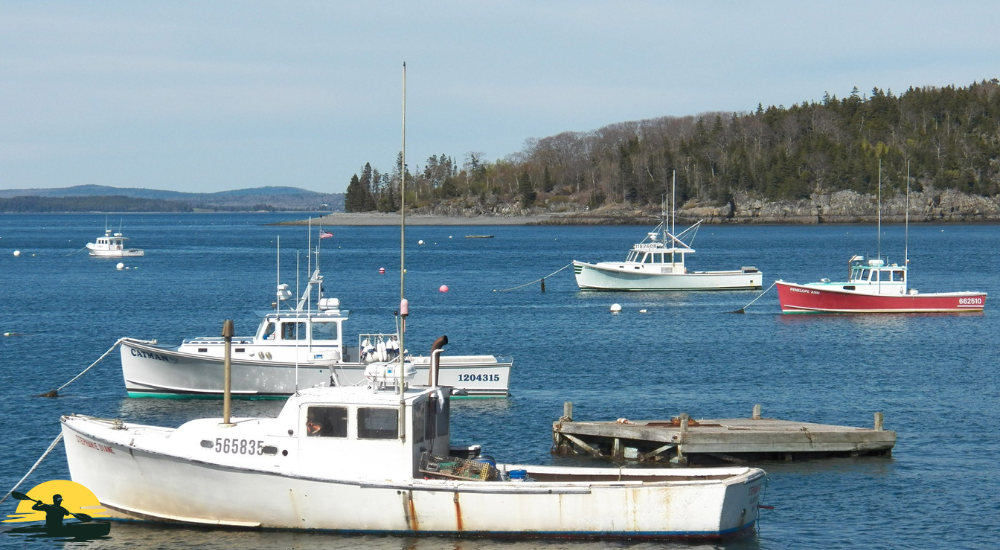
Passing at Night: Just like driving a car, boating at night requires extra caution. If you’re passing a fishing boat after sunset, make sure they have their navigation lights on so you can see them clearly. Slow down even more than you would during the day, and give them plenty of room to avoid any surprises.
Narrow Channels: In tight spaces, passing a fishing boat requires a gentle touch. Slow your boat way down to prevent a large wake that could rock the fishing boat. If possible, wait for a wider section of the channel to pass. If not, pass slowly and cautiously, keeping as much distance as possible.
Crowded Waterways: Popular fishing spots can get busy, especially on weekends or holidays. In congested areas, be extra patient and courteous. Wait your turn to pass, and don’t try to squeeze through tight spaces. Remember, maintaining safety is more important than getting to your destination a few minutes faster.
Following the Rules: The Coast Guard has rules about how close you can pass other vessels. In most cases, you need to stay at least 100 feet away. But remember, common sense is key. If you’re creating a big wake or the water is choppy, give the fishing boat even more space. And if they signal you to move farther away, do it. It’s all about being respectful and keeping everyone safe.
Additional Tips and Etiquette
You’ve mastered the rules and the steps to pass a fishing boat – great job safely! But let’s go the extra mile and be considerate boaters. Here are a few additional tips to keep in mind:

- Don’t Cut Fishing Lines: It’s like stepping on someone’s sandcastle – not cool! Be mindful of where those lines might be trailing behind the fishing boat, and steer clear to avoid tangling them.
- Quiet Down: Imagine trying to focus on your homework with a noisy construction crew outside. Loud noises and sudden movements can scare away the fish, so keep your voice down and your music at a reasonable volume.
- Respect the Anglers: Remember, fishing isn’t just a hobby for many people. It can be how they put food on the table or how they relax and enjoy their free time. A little respect goes a long way.
- Lend a Hand: If you see a fishing boat that looks like it’s having trouble, don’t be afraid to offer help. It’s the kind thing to do, and you’d want someone to do the same for you if you were in a bind.
By following these additional tips, you’ll not only be a safe boater but a courteous one, too. Remember, we all share the waterways, so let’s treat each other with respect and make sure everyone has a great time out there!
Conclusion
There you have it! We’ve gone over everything you need to know about passing fishing boats.

By following these guidelines, you’ll be able to navigate around those stand-on fishing vessels with confidence, showing respect for their space and keeping everyone safe.
Remember, the key is to slow down your powered vessel, assess the situation, communicate your intentions, and give fishing boats plenty of room. Whether you’re in a small-powered ship or a larger boat, these principles apply.
Let’s all do our part to make the waterways enjoyable for everyone. Happy boating!
Frequently Asked Questions
Can I pass a fishing boat on either side?
While it’s preferred to pass on the starboard side (the fishing boat’s right side), you might need to pass on the port side in certain situations. If the fishing vessel signals you to, or if it’s the only safe option due to obstacles or other boat traffic, passing on the port side is acceptable.
What if the fishing boat is anchored?
An anchored fishing vessel is still considered a “stand-on” boat and has the right of way. You should pass at a safe distance and minimize your wake to avoid rocking the anchored boat.
Do the same rules apply to all powered vessels, like sailboats or personal watercraft?
Yes, the rules of passing a fishing vessel generally apply to all powered vessels, including sailboats and personal watercraft. However, power vessels might need to be extra cautious due to their speed and potential for creating larger wakes.
How do I know if a fishing vessel is actively fishing?
Look for clues like fishing lines in the water, nets deployed, or anglers actively casting or reeling in. If you’re unsure, err on the side of caution and assume they are fishing.
What if the fishing passing boat isn’t following the rules?
Even if you think a fishing boat isn’t following the rules, prioritize safety. Give them space, slow down, and try to communicate your intentions. If a situation escalates, contact the Coast Guard.


